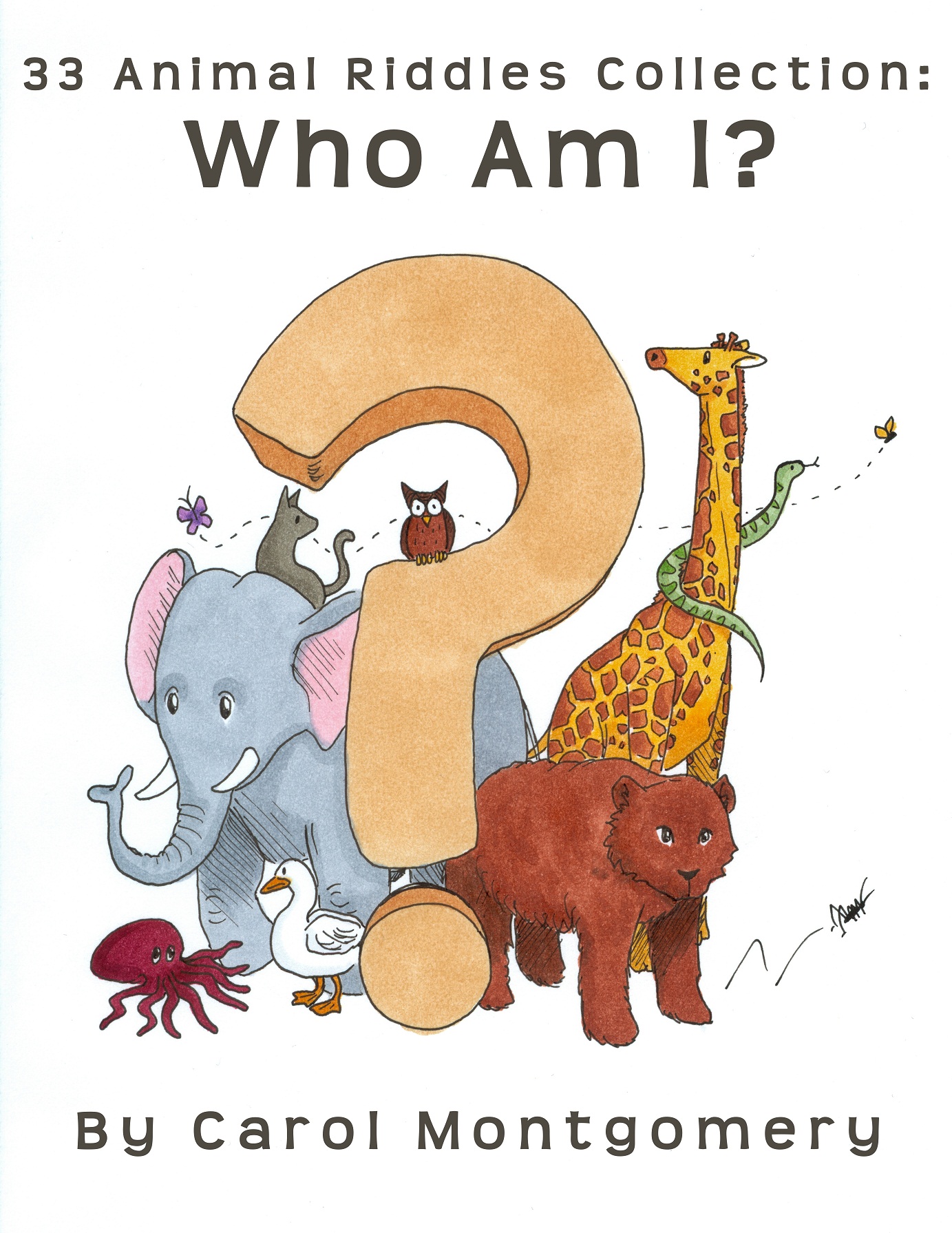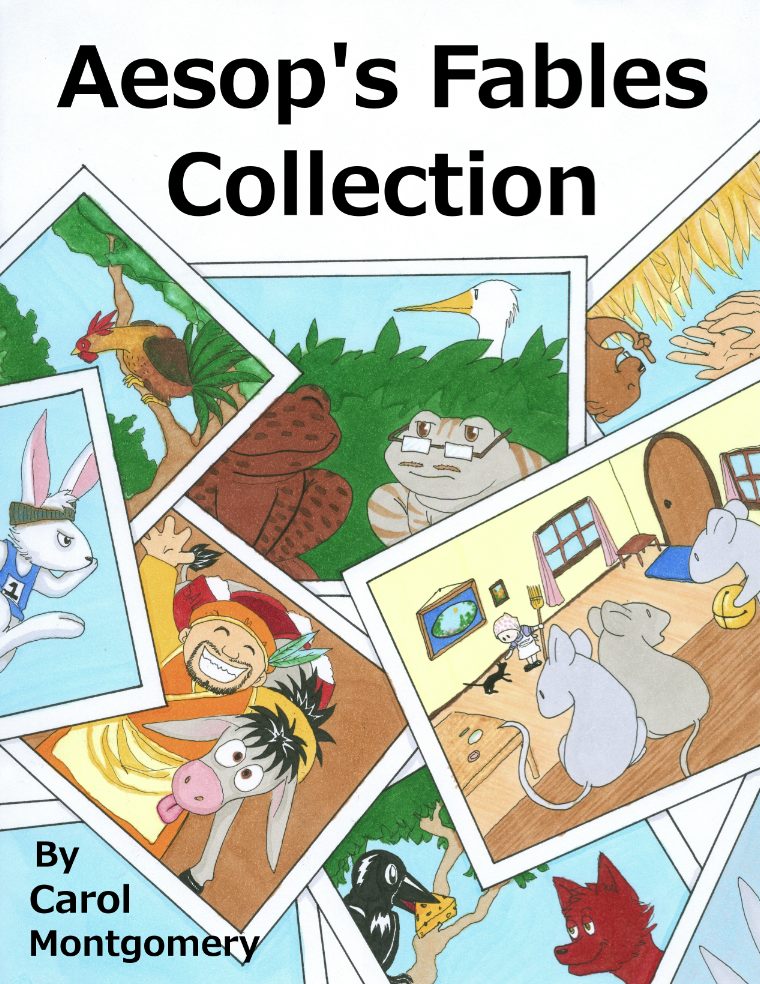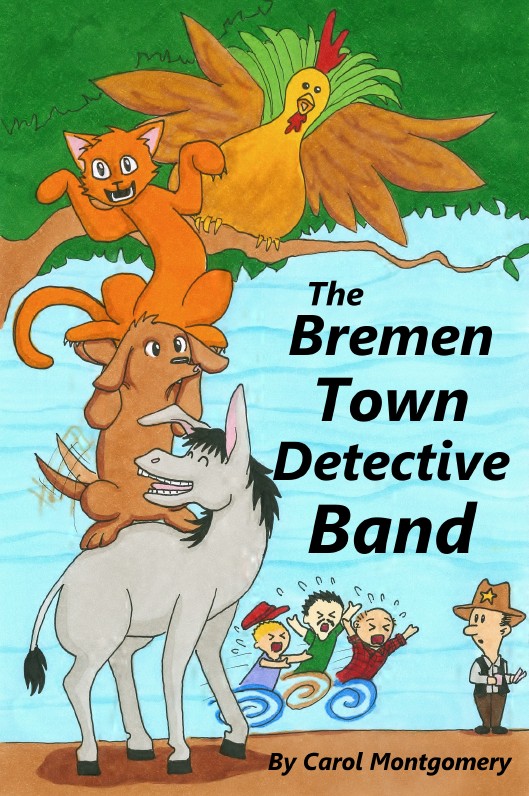 You may or may not have to deal with Common Core State Standards (CCSS). You may or may not LIKE Common Core Standards. No matter how you feel, some teachers are required to teach to the CCSS. And, whether you use Common Core Standards or not, remember Readers Theater helps build lifelong skills.
You may or may not have to deal with Common Core State Standards (CCSS). You may or may not LIKE Common Core Standards. No matter how you feel, some teachers are required to teach to the CCSS. And, whether you use Common Core Standards or not, remember Readers Theater helps build lifelong skills.
Done right, Readers Theater builds many Common Core skills. To help you with documentation. check out several of the the anchor standards that relate to Readers Theater in this article.
In Language Arts you'll find Common Core Standards that overlap Readers Theater in these primary areas:
• Reading: Literature
• Reading: Informational
• Reading: Foundational
• Writing
• Speaking and Listening
• Language
For specific grade levels check the yellow Common Core English Language Arts Standards PDF links at the end of this article. (Scroll down.) You'll find links to concise spreadsheet-style Common Core English Language Arts Standards PDFs for each of the grades K, 1, 2, 3, 4, 5, and 6. Note: Although cross-curricular Readers Theater overlaps many standards for specific subjects (e.g., science, social studies, history, health...), the specific standards for specific subjects are not addressed in these PDFs.
Multiple Standards Over-lap in Readers Theater
Readers Theater covers several Common Core standards in one motivating activity. Since Readers Theater works well with fiction and non-fiction scripts it helps meet many general standards. Specific scripts on particular topics may help meet specific standards in health, history , science, social studies, literature, and reading.
You may find scripts online, in books, or write your own. Students who write their own Readers Theater scripts may remember even more of what they’ve written and performed.
Your discussion questions and activities will vary from script to script, so the Common Core Standards covered in each script will also vary. But, if you use the resource links and PDFs below to help you, you’ll soon be able to wash, rinse, and repeat your process. Unfortunately, I don’t have time to connect each script specifically with Common Core Standards.
When it comes time to evaluate Readers Theater some evaluations may be done by you as the teacher, while other evaluations may be done by the students (e.g., self-evaluation). Numerous evaluation ideas for Readers Theater are available on our “Evaluating Readers Theater (Rubrics and More)” Pinterest board.
English Language Arts Standards >>
Reading Anchor Standards with Readers Theater
English Language Arts Standards >> Anchor Standards >> College and Career Readiness Anchor Standards for Reading (link) covers:
• Key Ideas and Details (CCSS.ELA-LITERACY.CCRA.R1-3)
Includes “read closely to determine what the text says explicitly...,” “Determine central themes...summarize the key supporting details...,” “analyze...”
APPLICATION: How do you evaluate if students are getting the key ideas and details with Readers Theater? Questions, discussions, rubrics, and performances could all help. Just mix it up so you have a variety of evaluations–written and oral.
• Craft and Structure (CCSS.ELA-LITERACY.CCRA.R4-6)
Includes interpretation, analysis, and point of view or purpose.
APPLICATION: CCSS.ELA-LITERACY.CCRA.R4 is on INTERPRETATION of words and phrases–which your students will naturally do orally as they practice and perform Readers Theater. Readers Theater characters may be interpreted differently, based on voice, volume, speed, clarity and more. Plus, discussions will allow students to express their interpretations of the characters and/or the scripts. The rest of the standards in this section would probably come through questions and discussions.
• Integration of Knowledge and Ideas (CCSS.ELA-LITERACY.CCRA.R7-9)
Includes evaluating and analyzing a variety of media and formats, plus comparing and contrasting themes or topics by different authors.
APPPLICATION: CCSS.ELA-LITERACY.CCRA.R7 is on integrating “...diverse media and formats...”. Readers Theater presents opportunities for a visual format, an audio format, and a live or recorded dramatic performance format for expressing knowledge and ideas–formally and informally.
CCSS.ELA-LITERACY.CCRA.R9 is on comparing and contrasting similar themes or topics by different authors. Readers Theater allows you to easily compare and contrast a book, story, or magazine article with a Readers Theater script on a similar topic or theme by a different author. For example, our script "This Liitle Piggy Tells Jokes" (in the Script Buffet) could be compared with Charlotte's Web. And, our script "Goldy Socks and the Three Hares" could easily be compared with the original fairy tale, "Goldilocks and the Three Bears."
• Range of Reading and Level of Text Complexity (CCSS.ELA-LITERACY.CCRA.R10)
Includes reading and comprehending "independently and proficiently."
APPLICATION: Students may need to try reading a Readers Theater script alone with different voices to meet this individual anchor standard.
English Language Arts Standards >>
Writing Anchor Standards with Readers Theater
English Language Arts Standards >> Anchor Standards >> College and Career Readiness Anchor Standards for Writing (link) covers:
• Text Types and Purposes (CCSS.ELA-LITERACY.CCRA.W1-3)
Includes “write arguments...,” “write informative/explanatory texts...,” and “write narratives...”.
APPLICATION: Students who learn to WRITE Readers Theater will automatically cover this anchor standard–probably W2 (informative) or W3 (narrative).
• Production and Distribution of Writing (CCSS.ELA-LITERACY.CCRA.W4-6)
Includes “produce clear and coherent writing...,” “develop and strengthen writing as needed by planning, revising, editing, rewriting, or trying a new approach,” “us technology...to produce and publish writing and to interact and collaborate with others”
APPLICATION: Any student writing Readers Theater to perform will cover these anchor skills–even in group work.
• Research to Build and Present Knowledge (CCSS.ELA-LITERACY.CCRA.W7-9) I
Includes “conduct ...research...”, “gather relevant information...”, “draw evidence...”
APPLICATION: Research may or may not be a part of your students writing Readers Theater. For non-fiction Readers Theater they will probably require books and technology
• Range of Writing (CCSS.ELA-LITERACY.CCRA.W10)
Includes “write routinely over extended time frames... and shorter time frames...for a range of tasks, purposes, and audiences.
APPLICATION: When your students write Readers Theater the assignment and potential audience will determine the length of time they write. Creating a simple RT script from a picture book may take only lesson or two–depending on the age level. We had a Script Buffet Club member teach her first graders how to write RT, so it is possible for the young ones. Even kindergarteners should be able to dictate a short script.
English Language Arts Standards >>
Speaking and Listening Anchor Standards with Readers Theater
English Language Arts Standards >> Anchor Standards >> College and Career Readiness Anchor Standards for Speaking and Listening (link) covers:
• Comprehension and Collaboration (CCSS.ELA-LITERACY.CCRA.SL1-3)
Includes “Prepare for and participate effectively in a range of cnversations and collaborations with diverse partners...,” “integrate and evaluate information...,” “evaluate a speaker’s point of view, reasoning, and use of evidence and rhetoric.”
APPLICATION: Of course Readers Theater involves collaboration with others; but, much of these standards would come from discussions and practicing RT with partners or small groups.
• Presentation of Knowledge and Ideas (CCSS.ELA-LITERACY.CCRA.SL4-6
Includes “present information...,” “make strategic use of digital media and visual displays...,” “adapt speech to a variety of contexts and communicative tasks...”
APPLICATION: Readers Theater provides a cross-curricular means of presenting information, not only in a live presentation or performance, but also on a video (e.g., paper slide) or audio (e.g., podcast).
English Language Arts Standards >>
Language Anchor Standards with Readers Theater
English Language Arts Standards >> Anchor Standards >> College and Career Readiness Anchor Standards for Language (link) covers:
• Conventions of Standard English (CCSS.ELA-LITERACY.CCRA.L1-3)
Includes “demonstrate command of...standard English..when writing or speaking,” “demonstrate command of...standard English capitalization, punctuation, and spelling...”
APPLICATION: Readers Theater provides a model for English, particularly if you show your students how conversation would be written in a novel vs. a script.
• Knowledge of Language (CCSS.ELA-LITERACY.CCRA.L3)
Includes “apply knowledge of language to understand how language functions in different contexts...”
APPLICATION: Readers Theater (fiction and non-fiction) displays language in a different context than poetry or prose.
• Vocabulary Acquisition and Use (CCSS.ELA-LITERACY.CCRA.L4-6)
Includes “determine or clarify meaning...by using context clues...,” “demonstrate understanding of figurative language...,” “acquire and use accurately a range of ...words...”.
APPLICATION: All but out earliest RT scripts include a vocabulary list on the cover page. I am working to get vocabulary lists on the older scripts, too. Although the vocabulary is listed on the first page, students will practice it in context in each script.
K-6 Common Core Standards for English Language Arts (PDFs)
(Click a link below to download each free, color-coded spreadsheet.)
***NOTE: PDFs are printable on 8 1/2" x 14" paper (extra long, but easier for you to read)
K–Kindergarten Common Core Standards for Language Arts PDF
1st–First Grade Common Core Standards for Language Arts PDF
2nd–Second Grade Common Core Standards for Language Arts PDF
3rd–Third Grade Common Core Standards for Language Arts PDF
4th–Fourth Grade Common Core Standards for Language Arts PDF
5th–Fifth Grade Common Core Standards for Language Arts PDF
6th–Sixth Grade Common Core Standards for Language Arts PDF










.jpg)

